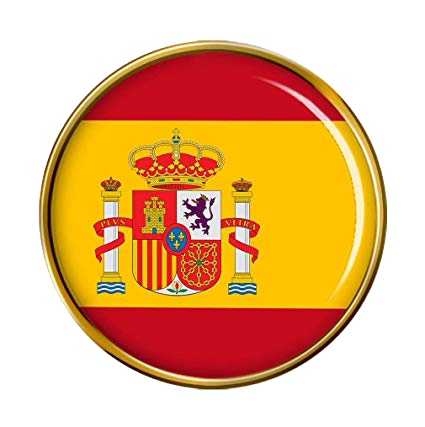Keys of Romanesque Art
To briefly understand Romanesque art
The buildings maintain a structure and composition, which define their buildings.
Some of its exterior architecture qualities
- Predominantly horizontal constructions, solid facades, simple and simple, of stone worked in ashlars.
- Its Plant, generally in the form of a Latin cross with one or several longitudinal ships, with a transverse or cruise ship that form an intersection between the central and the transversal nave, is covered with a dome, dome or lantern to illuminate the interior, giving slenderness abroad.
- When the temple has more than one nave, if the sides turn around behind the main chapel, that part constitutes the ambulatory or ambulatory. At the head of the church there are usually semicircular apses, where the central one stands out for being larger. In the churches with ambulatory there are usually radial chapels in it.
Exterior architecture, the elevation.
- The central nave is taller than the lateral ones, being able to have one to four floors, including stands for the width of the side aisles. The stands support the vault of the central nave and serve to increase the capacity of the church.
- The lighting is low, since they tend to recollection and evoke the monastic life of the caves, the windows are narrow, the windows being frequent, so the lighting is doneby means of lamps.
Interior architecture
- Arc: half point
- Cover: It was made of wood in the first works, but the vault soon became stone.
- Barrel vault:It is located mainly in the central nave, which relies totally on thick and sober walls, reinforced with arches fajones to absorb the weight of the vault and that join the interior of the building. Outside the buttresses are placed to give greater support.
- Edge Vault: Formed by the crossing of two canyons, the edges are intersections that rely on four points, to cover a square space and rely on solid walls placed on the side of the ships.
- Domes on tubes or scallops: They were used to cover the crossing between the central nave and the cruise ship. This crossing usually rises and is marked outside with a dome or lantern that illuminates the altar.
- The walls and buttresses: on the outside, the walls are articulated with slats, Lombard bands, blind arches, arcade galleries ... lightening the wall, and decorating it.
- Pillars: They are of different types cruciform, with attached columns ..., which receives the slabs and formeros arches, which serve to separate the ships, and are sometimes replaced by cylindrical columns.
- Columns: They lose the sense of classical proportion and abandonment of orders. The capital is the most suitable area for sculpture.
The Wealth of Romanesque Art Symbologyor
Symbolism
Romanesque art took advantage of all spaces to manifest faith with great wealth. So the covers of the churches, the walls, the eaves, porches, porches, atriums, pillars, capitals, etc. were used.














